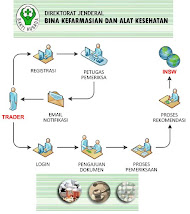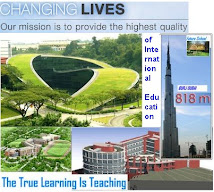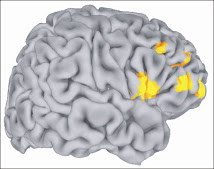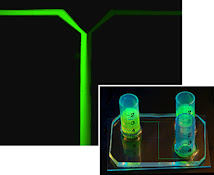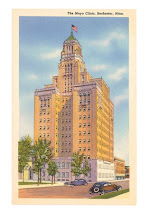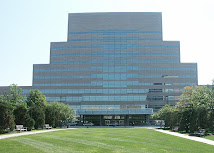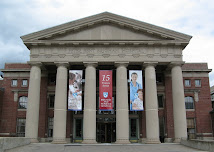
W. Mark Saltzman
Goizueta Foundation Professor of Biomedical Engineering & Chemical & Environmental Engineering
About Professor W. Mark Saltzman,Ph.D.
W. Mark Saltzman is the Goizueta Foundation Professor of Chemical and Biomedical Engineering at Yale University. His books include Drug Delivery: Engineering Principles for Drug Therapy and Tissue Engineering: Engineering Principles for the Design of Replacement Organs and Tissues, and his articles have appeared in Biomaterials and Nature Materials. The chair of the Department of Biomedical Engineering, Professor Saltzman is also the recipient of numerous distinguished teaching awards from Yale, Johns Hopkins, Cornell, and the University of Pennsylvania.
Ph.D., Harvard/MIT Division of Health Science and Technology
S.M., Massachusetts Institute of Technology
B.S., Iowa State University
RESPONSIBILITIES
Chair, Department of Biomedical Engineering
INTERESTS
Saltzman's research is motivated by the desire to create safer and more effective medical and surgical therapy. He focuses on tissue engineering and on creating better methods for drug delivery. His group has developed technology based on the use of bio-compatible polymeric materials for the controlled delivery of drugs, proteins, and genes. They have also developed new polymeric materials that influence the growth and assembly of tissues. However, even better than treating disease is to prevent disease from occurring in the first place. Saltzman's intent, therefore, is to develop the most economical, transportable, and accessible methods for disease prevention.
Saltzman is also committed to training a new generation of chemical and biomedical engineers. He believes in providing a stimulating and collaborative environment that promotes the free exchange of ideas and encourages creative blending of technology and modern biological science.
AWARDS & HONORS
- Distinguished Lecturer Award, Biomedical Engineering Society (2004)
- BP Amoco/H.Laurence Fuller Chair in Chemical Engineering at Cornell (2001)
- Britton Chance Distinguished Lecturer in Engineering and Medicine, at the University of Pennsylvania (2000)
- Professional Progress in Engineering Award from Iowa State University (2000)
- Member, Surgery & Bioengineering Study Section (NIH) (1999)
- Richard Tucker Excellence in Teaching Award (Cornell) (1999)
- Fellow, American Institute of Biological and Medical Engineers (1997)
- Controlled Release Society Young Investigator Award (1996)
- Allan C. Davis Medal as Maryland's Outstanding Young Engineer (1995)
- Distinguished Faculty Award for Excellence in Undergraduate Education (Johns Hopkins) (1995)
- Camille and Henry Dreyfus Foundation Teacher-Scholar Award. (1990)
BOOKS
- Drug Delivery: Engineering Principles for Drug Therapy, 2001, Published by Oxford University Press.
- Tissue Engineering: Engineering principles for the design of replacement organs and tissues, 2004, Published by Oxford University Press.
REPRESENTATIVE PUBLICATIONS
- Fibronectin terminated multilayer films: protein adsorption and cell attachment studies, C.R. Wittmer, J.A. Phelps, W. Mark Saltzman, Paul Van Tassel, 2007, Biomaterials, 28, 851.
- Sustained target presentation in biodegradable polymers by surface modification with fatty acid conjugates , Tarek Fahmy, R.M. Samstein, C. Harness, W. Mark Saltzman, 2005, Biomaterials, 26, 5727-36.
- Surface-mediated gene transfer from nanocomposites of controlled texture , H. Shen, J. Tan, W. Mark Saltzman, 2004, Nature Materials, 3, 569-574.
- Multiphoton Microscopy Guides Neurotrophin Modification with Poly(ethylene glycol) to Enhance Interstitial Diffusion, Mark A. Stroh, S. Ma, W. W. Webb, W. Mark Saltzman, 2004, Nature Materials, 3, 489-494.









